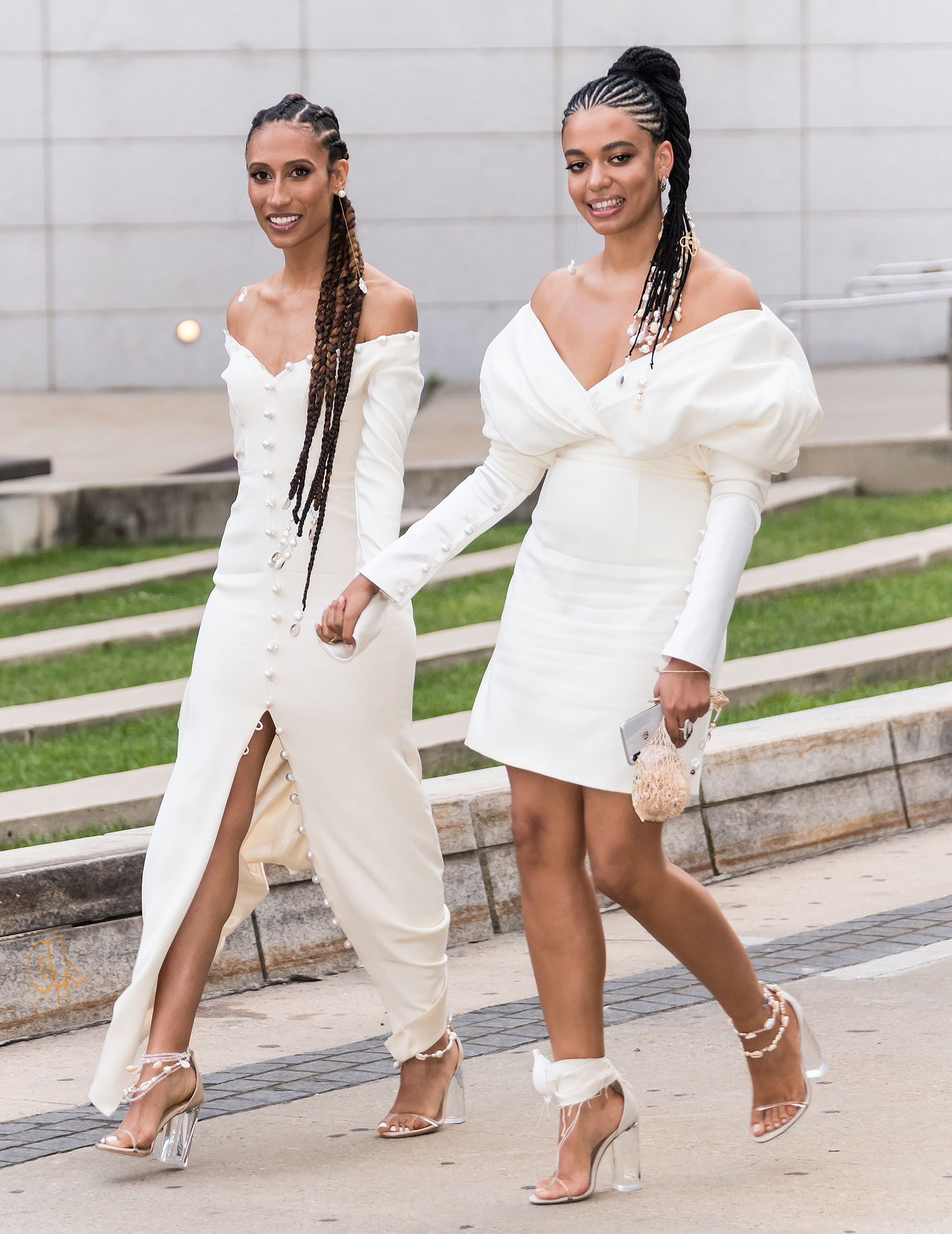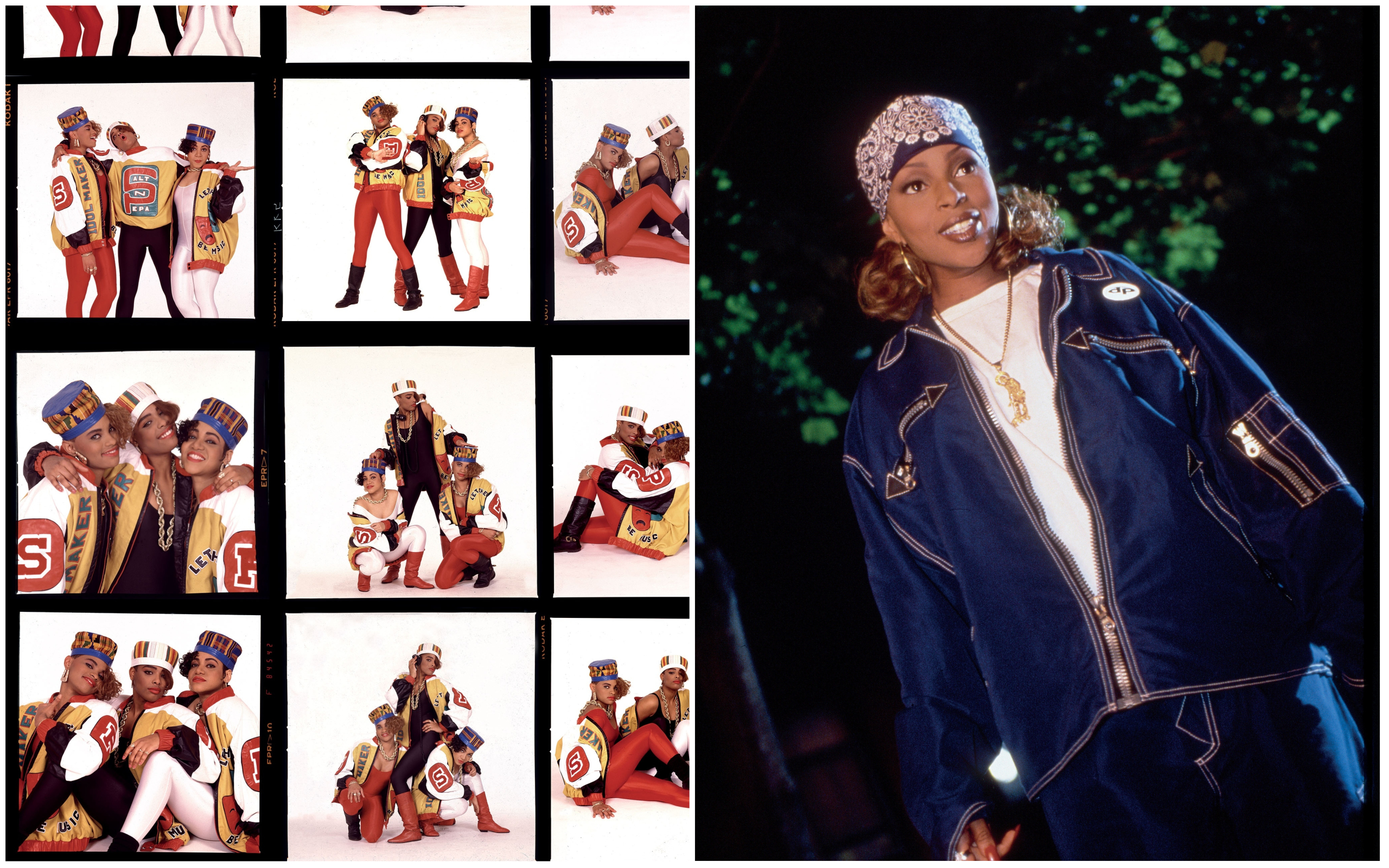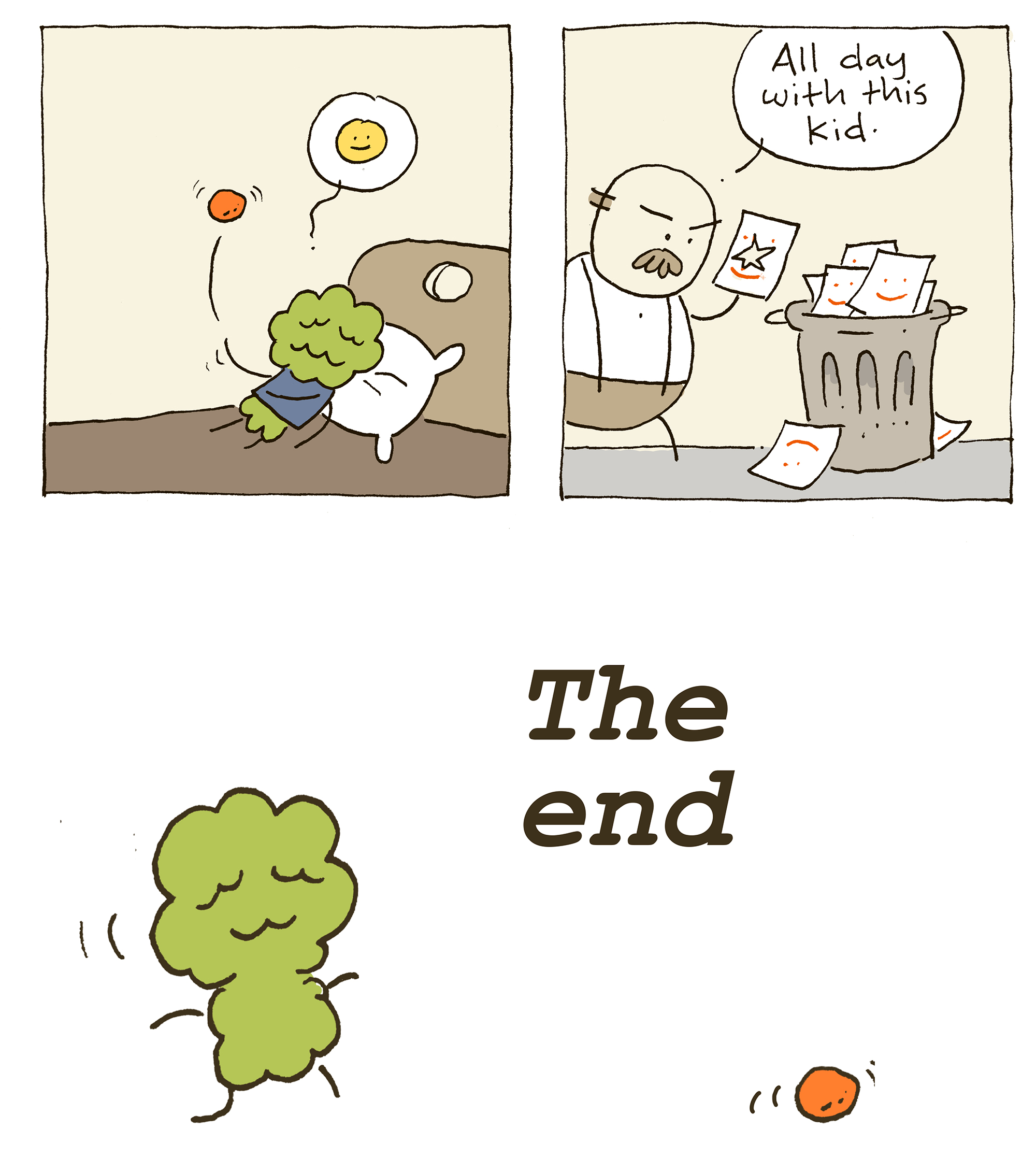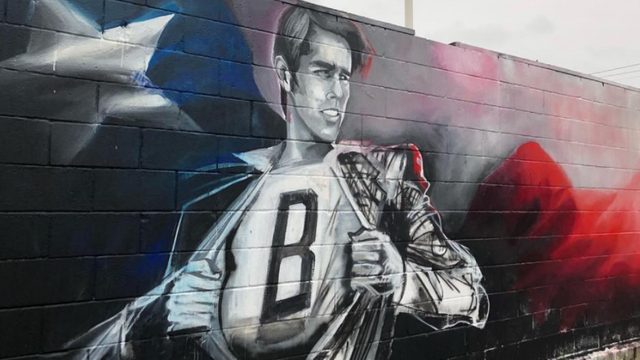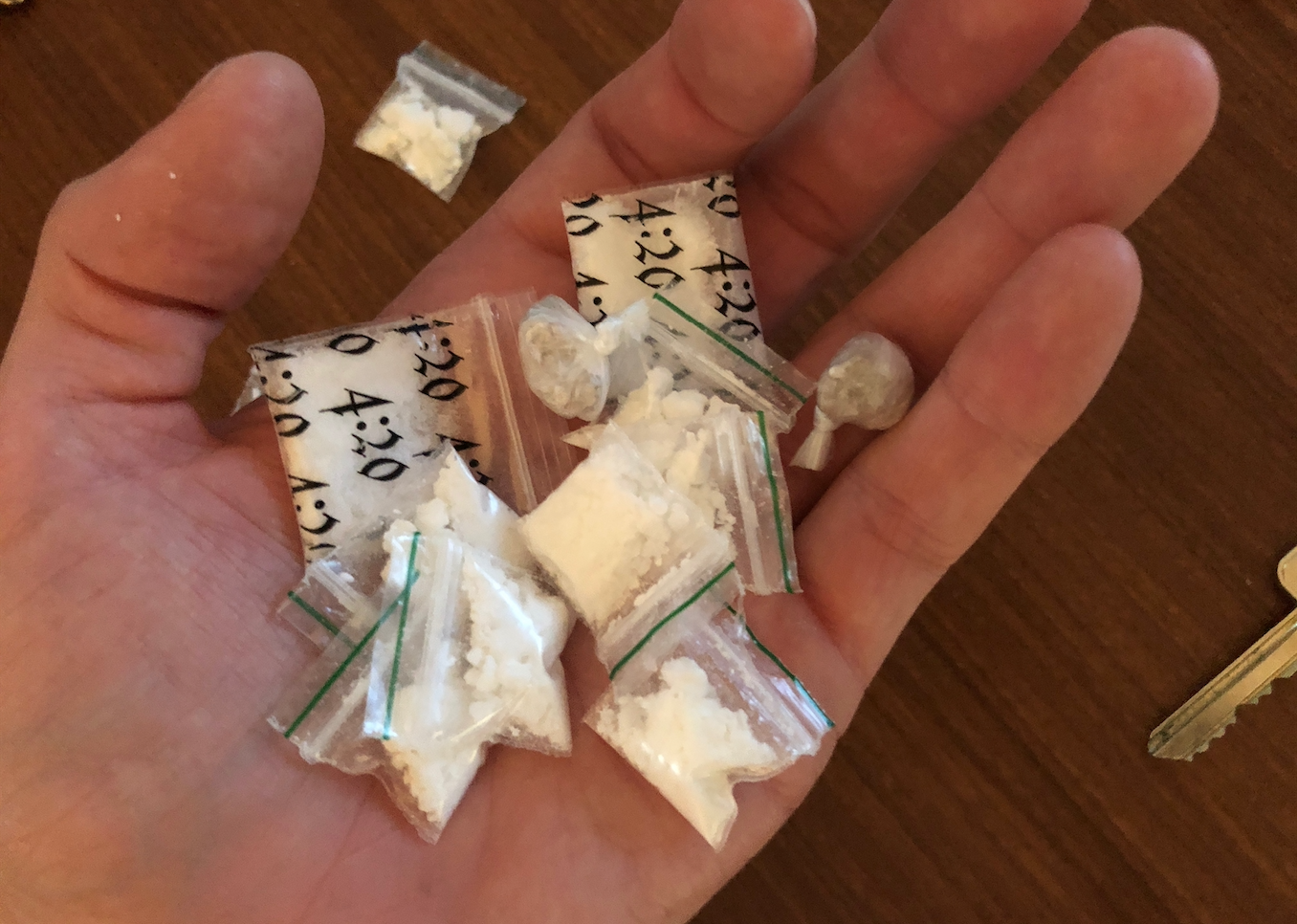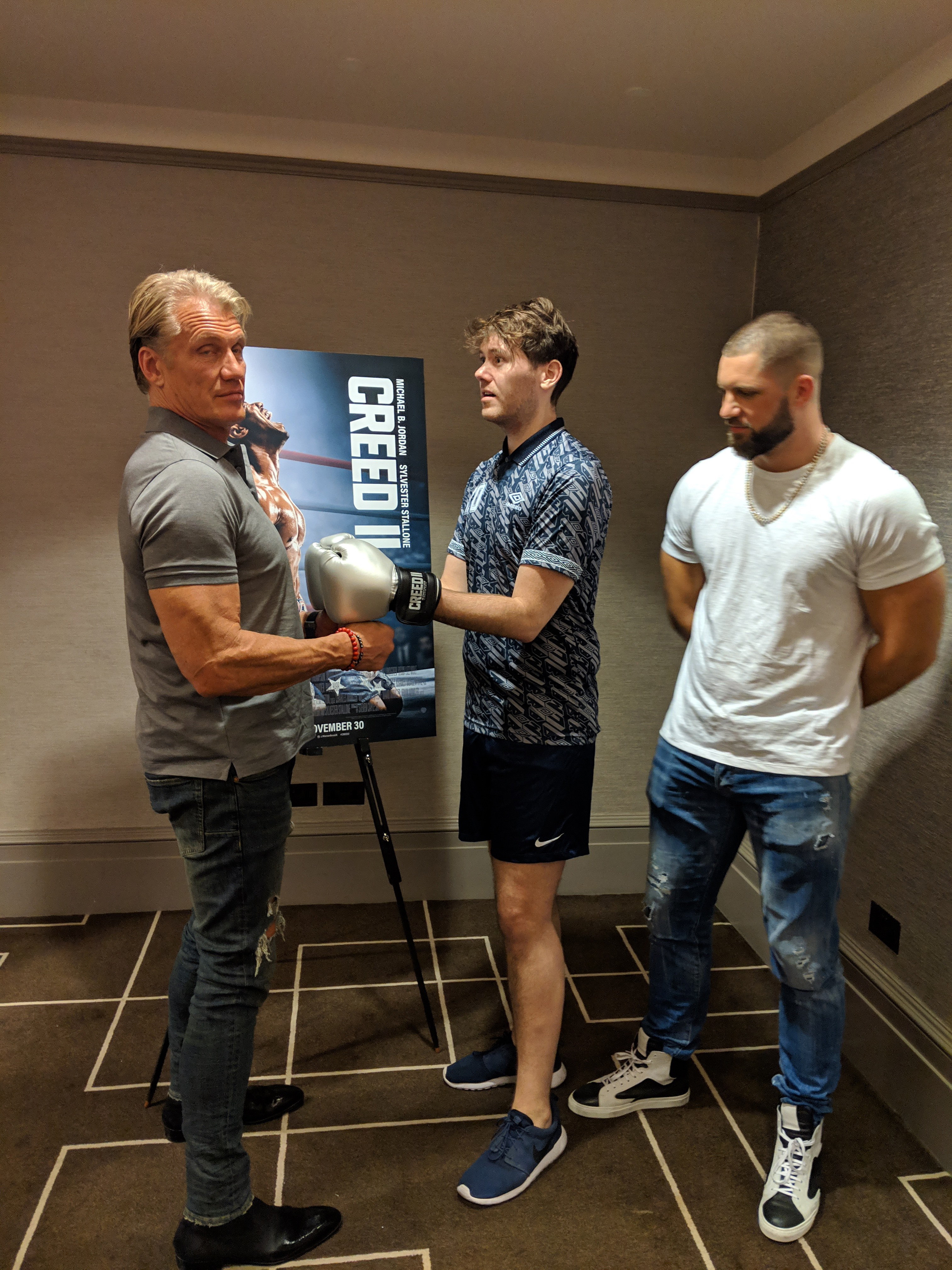If you know one thing about Beto O'Rourke, it's that he's cool. The Democratic Texas congressman couldn't beat Ted Cruz in this month's Senate race, but he came closer then many thought, and in the process became the most hyped political figure since Barack Obama. The media descended upon him in the weeks leading up to the midterms as if at any moment he could be raptured from Earth—it got so bad that in October, Politico's Jack Shafer called for the press to stop profiling him. Beto was progressive. He was hip. Maybe you heard that he refused to take PAC money and raised $38 million in three months. Maybe you saw him skating in that Whataburger parking lot, and later read that he was the bassist in a post-hardcore band with drummer Cedric Bixler-Zavala, the future frontman for At the Drive-In and the Mars Volta. Maybe you heard him say "fuck" during his concession speech. Maybe you found the sex tweet—or perhaps the sex tweet found you.
In any case, "Betomania" is far from over: Last week, the new star appeared to backtrack on his previous pledge not to run for president in 2020. Despite losing to Cruz, he may have a shot at winning the White House—he's young (by politician standards), good-looking (again, by politician standards), and people seem to like him. But why exactly do people like him?
For some clarity, VICE talked to a California music teacher, a painter whose Beto mural in Austin went viral, the director of a Beto "flash mob" video, a New York lawyer who flew to Dallas to campaign at the last minute, and two Texas natives about their enduring love for the failed Senate candidate. (I reached out to the author of the sex tweet, but she did not respond.)
Lauren Mayer, 59, Music Teacher and Comedian, California
Mayer made this song about her love for Beto:
I'm a political satirical songwriter, and since 2012, I've done a song a week based on current events. Let's just say: Now there's so much material, and there's so little time. These days, I could make a song, like, every half-hour. I do them from my perspective, from the perspective of an opinionated, fairly liberal, suburban Jewish mother. I try to cover a range of issues, but during the midterms, I wanted to do some positive songs, as well as making fun of various people—which, of course, means making fun of the president, because it's easy.
I had been following Texas's Senate race very closely. Because there's a lot of commentary on the internet about Ted Cruz, I was paying a lot of attention—and eventually I saw some of the viral videos of Beto, like playing the air drums, or giving a speech in an African-American church. So even before I quite understood how popular he was—or rather how popular he would become—and how rabid his fans were, I thought he would be a great person to write a song about.
I did a couple about other different candidates, but for some reason—I think because people have a kind of fangirl or fanboy crush on Beto, too, in addition to the political admiration—that song just really caught on. I've had a few other videos go viral—like the "Sexual Harassment Prevention Song," which has millions of views, and the country western "I Didn't Come from Your Rib, I Came from Your Vagina"—but this is the first one I've done about a person that's had this sort of response. I think it's the combination of his appeal, especially online, and all the news about him, as well as the fact that a lot of Republicans just don't like Ted Cruz.
As far as what I think about Beto as a human, aside from his progressiveness and passion, what I love is that no matter what the Cruz campaign threw at him, it really just made him look that much cooler. They mocked him for being a rock star in his past, but, you know, that's really cool. He's had some issues, like his DUI, that I find he did a great job owning up to. They tried to slam him for dropping F-bombs, but that just makes him appeal more to millennials.
Another thing: I'm exaggerating the fangirl type here. Let's be honest, I'm probably old enough to be his mother. I do admire him politically, as I said. But he's also super cool and hip. He's married, and he's way too young for me—but that doesn't matter. Just because I'm a married suburban mom doesn't mean I can't look! I can still have a crush on him. And so can you.
Hussein Ma'Rouf, 47, Director and Creative Producer, Dallas
Ma'Rouf helped produce the video of the viral Beto "flash mob":
Beto isn't backed by Super PACs. He doesn't want companies to have leverage over him. He wants to make decisions based on what he believes in, and what the people call for. That's perhaps the biggest thing. He visited all the Texas counties—and, I mean, physically visited them. This guy's down to earth. He's a real person, someone who people can see, and who I think people can talk to and get answers from. He's perhaps most reminiscent, for me, of somebody like JFK—he's younger, with a fresh outlook on things.
I've been living in Texas, on and off, for the past 20 or so years, and, honestly, I haven't really seen anything like this. It also has something to do with all his national media attention—in a positive way, in this case. The media put forward the narrative that somebody was actually challenging Cruz and had a chance—and whether we really thought that chance was real or not, it became real.
The media is the most powerful tool in democracy. I was born and lived in Egypt, and I know what it's like to have a media that's the mouthpiece of the government, of the regime. It further galvanized everyone, because the media was also clearly drawn toward this candidate as much as the people were. To come so close, to lose by that slim of a margin, was even a threat for Cruz. I wasn't disappointed. I know people who had never voted in a Senate race before, or who never voted before period, who voted this time.
In terms of him running for president, I know that he's first said that he won't—but, in my view, it's a chess match. You don't show all your moves ahead of time, so people don't plan for it. But I think he should aspire to that in 2020. I'm not sure if he will, though I suppose that depends who else is running. I could perhaps see him more running on the ticket as a vice president.
Regardless, everyone loves a good Rocky story. You work out, and you come back and win.
Chris Rogers, 38, Painter and Muralist, Austin
Rogers painted this sexy mural in Austin:
I've been living in Austin since 2012, working as a painter and muralist, slowly building up my business. I've been able to do some decent-size murals over the past year and a half that have gained some traction. I was reached out to by another supporter of Beto who was volunteering their home for other volunteers to sort of inhabit during the last weeks of the campaign. They had this nice wall out in front of their place, and they wanted to inspire other volunteers—and just kind of put his image out there. I had freedom to do whatever I wanted.
I met Beto right before the election, and the next day, the piece did get vandalized. But instead of making a big stink about it, I got the community together to help me repaint it, and that's what took it to the next level.
I've never been that political. To say I've been jaded is putting it mildly. But there was just something about Beto—first off, it was obviously a grassroots movement. So automatically, I could just open my ears to the dude. Everything coming out of his mouth, I, like, 100 percent agreed with. It's just beyond refreshing to hear somebody speak the truth.
It was the first time in a long time I've ever felt really hopeful. And to be clear, I didn't think—and don't think—that Beto's going to be this rogue samurai to cut through the Senate and change everything. But hope is huge to me. I've been in recovery for almost five years now, and hope has been something instrumental in my life. It's correlated to the state of a nation and politics—I mean, you can look at it now and think, Where do we even fucking start? Like, we're flat-lining over here, and it's a lost cause. But, this time around, it's like... Wait, is it? I don't know how it's going to change. I don't know what the next steps are. But it's going to start with people like Beto.
The energy here, it's been amazing. It's galvanized everybody—not just like blacks and Latinos, or just white people. Like, literally, everybody. People with different religions and socioeconomic backgrounds. There's some new life around here.
I really do think it's as simple as: Finally, someone's saying everything we're all thinking.
Mark Austin, 41, Talent Buyer/Promoter/Artist Manager, Houston
I don't have any tattoos just yet, but I do consider myself a Beto fan. I received an email from a mutual friend of the campaign in January 2018, and saw the work that Beto had been doing. I'd heard his name a few times, but that email was what got me really interested. I had an unofficial role in his campaign. I helped plan, book, promote, and produce fundraising concerts and voter-registration rallies.
I do think he'll run for either president or be someone's running mate. Either way, he should absolutely run. The fact that he came so close to flipping Texas (a notoriously red state) is a huge indicator that Beto has got something special. He's got my vote for sure.
Truthfully, I'm not a very political person, so I don't spend a lot of time measuring who is better or best. I'm not even sure who I would compare Beto to in politics, because I believe that what he did in Texas was very unique. In a time that we needed a great leader, and a compassionate leader, he stepped up. That's whats important here. The time is now. Change is overdue.
Timing is everything here. The people of Texas and the people of America are ready for change. Beto is for the people by the people. It really is that simple.
Cristin Noel, 40, Lawyer, New York City
I believe the first I’d really heard of Beto was when he drove up to Washington with [Republican congressman] Will Hurd, and it just struck me as such a fun, interesting story of two people having a great life experience together, despite the fact that they would normally be at odds in Washington. The fact that they later won accolades because they worked together to get some things accomplished is great, but also it’s obviously sad because it makes it plain that this kind of kinship and cooperation has become an aberration.
What inspired me so much about Beto’s run in Texas was that he ran as himself. It’s an incredibly brave thing to run as a progressive in a state that’s so undeniably red. I believe that in meeting people where they were (figuratively and literally, because he drove everywhere to them), showing them respect, and being honest and persuasive about his views and his beliefs, he probably won a lot of people who never dreamed they would vote for a Democrat.
I was inspired enough by the race he was running to fly to El Paso the weekend before Election Day to knock doors for his campaign. I felt downtrodden by the news every day and was desperate to help in the midterms. I was struck by how everywhere I went (in my cool Beto for Texas campaign shirts, obviously) people would stop me to tell me they were so excited to vote for him, or how happy they were when they did in early voting. It happened as I flew through Dallas, and all over El Paso (which is, of course, Beto country), but the excitement was something I haven’t seen since Barack Obama first ran for president in 2008.
I hope Beto will run for president in 2020. There are so many great potential candidates on our side, but I feel as though he is the right person for this moment. Speaking to hope, not fear. He is strong enough to not take any crap from anyone, but he is also not going to wade around in the mud. He could up for exactly what he believes in without poll-testing it, which is frankly one of the things people so misguidedly liked about Trump four years ago. I think that so many Americans are utterly exhausted from the last few years of insults, corruption, and news that causes nothing but anxiety and depression, and a candidate who speaks to our better angels is exactly what we need. And I think he could win.
Lisa Cooley, 40, Art Adviser, New York City
I’m an eighth-generation Texan who moved to New York City in 2005 to work in contemporary art. I have a deep connection to the state. My mom says she planned my conception so I would be born on Texas Independence Day or the fall of the Alamo. My family still lives in Houston. I have undergrad degrees in studio art and political science.
People have considered Texas a Republican state at least since Bush years, and I’ve always pointed out that the percentages of Republicans to Democrats has always been about 55 to 45, respectively. Texas isn’t a state like Utah, where it’s 85 to 15. So there are a lot of Democrats, or at least Democratic-leaning people, in Texas. Every major city, for example, has a centrist mayor, yet Texas liberals are demoralized. Texas is 50th in voter turnout for that reason, as well as intense gerrymandering, and other ways of voter suppression.
In Beto, I recognized the kind of Texan that I know well—diligent, optimistic, principled, gracious, big-hearted, straightforward, and not scared or fear-mongering. I could think of more adjectives.
I was on the texting team and endured name-calling—"libtard," "communist," "moron." But the volunteer managers were extremely clear to treat everyone with graciousness, and just to say thank you and move on “like Beto does himself.” That graciousness and respect for others was inherent to the him and the campaign. It even gave me a template for how to talk to my Trump-supporting mom.
I wanted to fight for the Texas that I know, and not the cartoon version that everyone else knows. According to the Washington Post, if you were born in Texas, you were more likely to vote for Beto, and if you were not born in Texas, you were more likely to vote for Cruz, which rings true. Beto and I are also close in age. We both have young kids. We both have a kind of punk-rock background—although I was never in a band.
I sent so many text messages for his texting team that I got carpal tunnel again. I also made some calls and hosted my own phone bank. One person I was talking to via text asked me why so many people out of the state were supporting Beto. That's one thing a lot of people don't understand—there is a humongous diaspora of Texans. Almost all of my friends from Houston all moved to Los Angeles or New York City. I’m sure non-Texans are giving from out of state, but almost every volunteer I met here in New York was a native.
The night of the 2016 presidential election, after it was clear that Trump had won, I said that we'd all gotten complacent. I vowed to be far more politically active then, and I’ve done just that. I also volunteered for Cynthia Nixon and Moms Demand [Action for Gun Sense in America], and I’m involved with an arts-based prison-diversion program called Young New Yorkers. I’m starting a giving circle, too, with Future Now. I also have a young son, and I vowed that when I have to explain school shootings and climate change to him, I need to be accountable to him, to show that I’ve worked to create a better world for him. I will never, ever, ever again in my life not volunteer in an election.
Sign up for our newsletter to get the best of VICE delivered to your inbox daily.
Follow Alex Norcia on Twitter.
from VICE https://ift.tt/2Ronw9j
via
cheap web hosting

